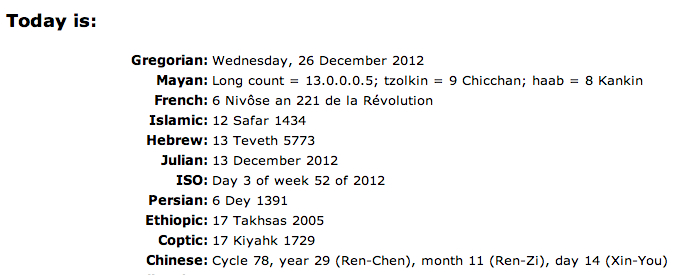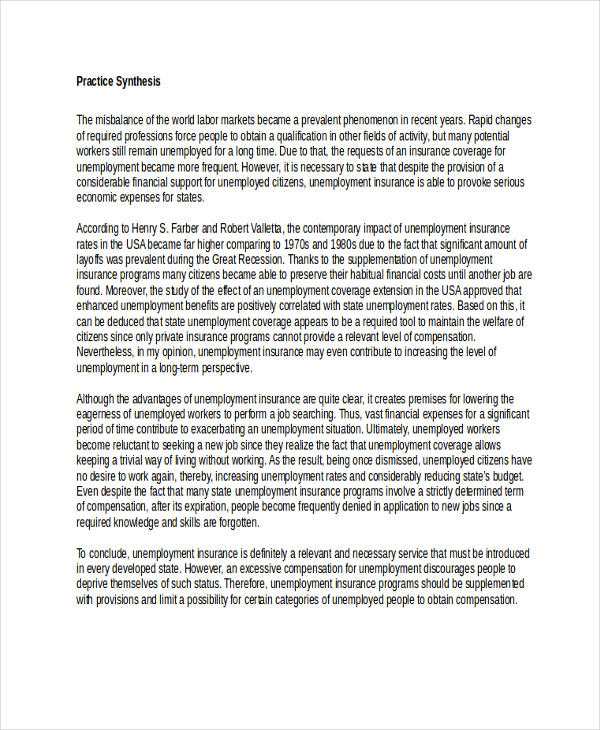



That’s what you need to aim for!Īrticles often contain varied and colourful language of description and may include the writer’s opinion, examples or anecdotes (again, if the word count permits). Think of interesting articles you’ve read, and how the writer engaged your attention from the beginning. It’s a very good idea to start with a rhetorical question, as you need to catch the reader’s interest. So our advice is to just think of a brief title, and save the rest of your allotted words for the actual article. There’s already a lot of info you have to include, as we’ll see in the exam rubric. You cannot write more than 220 words in Aptis Advanced Part 3, so it’s unlikely you’d be able to use subtitles here. So let’s look at what any good article should include, the kind of language to use and how it should be laid out.Īrticles must have a title, and they may also have subtitles, if the word count permits. We’re going to be pitching our sample answers at C1 level, as that’s what most Advanced students are hoping to attain. In the case of the Aptis Advanced Writing Test, it’s for an online publication. In general, when you write an article it’s for readers of a newspaper, magazine or website.
To wrtie sidenotes and quesitosn an article how to#
So knowing how to write an article is an essential skill. However, I suggest choosing one environment and sticking to it throughout a presentation.Writing an article is one of the tasks in many public English exams, including the B2 Cambridge FCE and Trinity ISE II, and the C1 Cambridge CAE and Trinity ISE III. The command is used as follows: \beginīelow is a complete minimal working example:Įven though there are differences, I don’t know of any advantage of one method over the other when placing content side-by-side. I wrote an article on the minipage environment quite some time ago.

The columns environment is only available in the beamer document-class and might therefore be lesser known.Īnd here is a complete minimal working example: If required, one can add more horizontal white-space between two elements using \quad or \qquad. Therefore, in order to split a page into three equal parts, 0.3\textwidth might be a more reasonable number. LaTeX also adds a small horizontal space between elements. For example, 0.33\textwidth takes a third of width of a page available for content. The value \textwidth can be used to define the width of a column or minipage. Otherwise, LaTeX will automatically break the line and place elements on top of each other, which is usually not desired. In order to place content side-by-side, this width has to be split in such a way that the total width of all elements does not exceed \textwidth. In any LaTeX document, there is a predefined width available for text, \textwidth. Whereas the latter has other applications and is available in all document-classes. The first is a beamer-specific environment and is therefore only available in a beamer presentation. There are two ways (and possibly more) to place content side-by-side in a beamer presentation, the columns and the minipage environments.


 0 kommentar(er)
0 kommentar(er)
